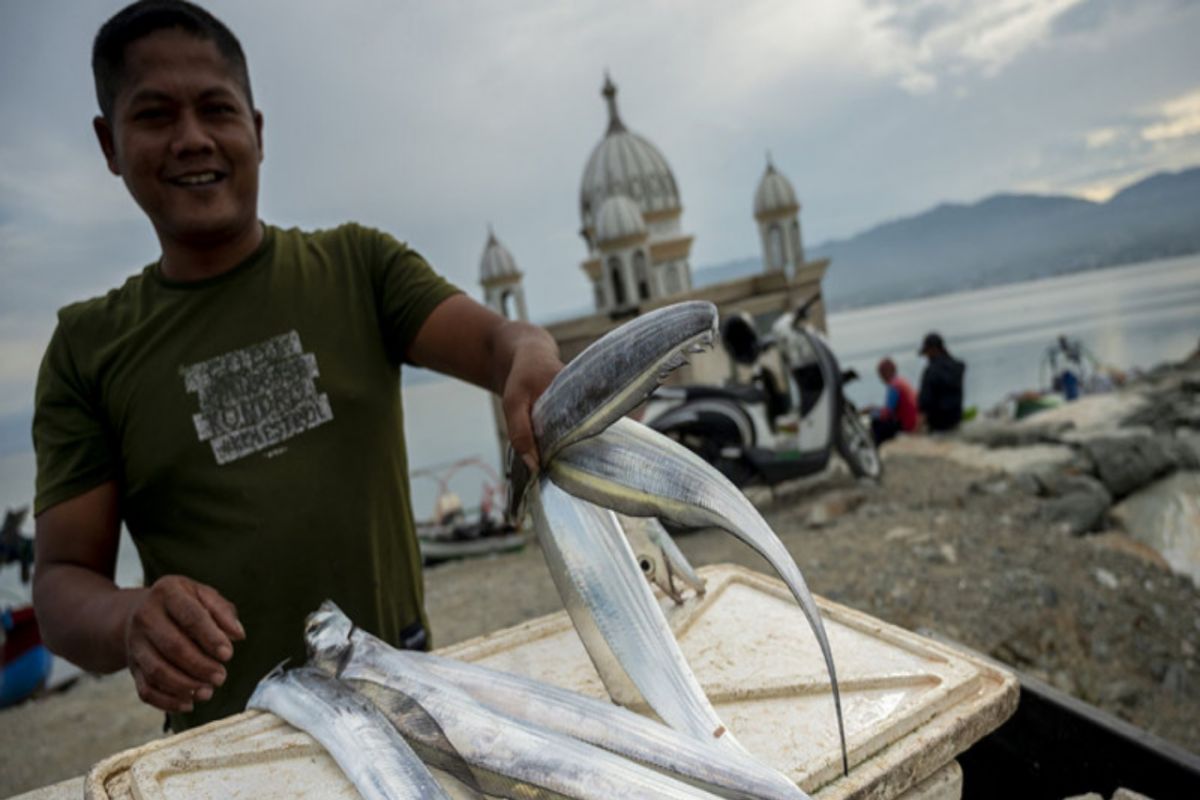Headline: Indonesia’s Vision for Food Self-Sufficiency: Key Strategies and Initiatives
Jakarta (ANTARA) – Food self-sufficiency is a cornerstone of the Asta Cita mission championed by President Prabowo Subianto and Vice President Gibran Rakabuming Raka. Recognizing food as a fundamental need, the government is actively laying groundwork for achieving this ambitious goal by 2028. Several ministries are collaborating to craft a comprehensive roadmap aimed at enhancing the nation’s food security through improved production and utilization of natural resources.
Collaborative Efforts for Food Self-Sufficiency
In an extensive initiative, various ministries are joining forces, including the Ministry of Agriculture, Ministry of Maritime Affairs and Fisheries, Ministry of Forestry, Ministry of Environment, National Nutrition Agency, Ministry of Public Works, Ministry of Villages and Development of Disadvantaged Regions, and the National Food Agency. This collective effort highlights the government’s commitment to address food security challenges while leveraging Indonesia’s geographic advantages.
As a maritime nation with over 5.8 million square kilometers of sea area, Indonesia is endowed with abundant underwater food resources. These resources not only hold potential for national food security but also serve as a vital source for nutritional development. With a focus on staple foods, Indonesia aims to capitalize on its fishery wealth to meet domestic consumption needs effectively.
Nutritional Benefits of Fish
The nutritional benefits of fish are widely recognized, particularly for their role in supporting growth and development. Medical nutritionist Dr. Dyah Arum emphasizes that sea fish including anchovies, mackerel, skipjack tuna, grouper, and ribbon fish are significant sources of essential amino acids, particularly arginine. Arginine is crucial for the growth of children, aiding in height and bone development.
Notably, anchovy fish offer a remarkable calcium content—up to 2,000 mg per 100 grams—surpassing that of milk, which contains only about 100 mg per 100 grams. Unsalted anchovies, thus, emerge as an affordable alternative for calcium intake among Indonesians, contributing positively to dietary diversity.
Making Waves in Fish Consumption
The Ministry of Marine Affairs and Fisheries is spearheading a movement to enhance public awareness surrounding fish consumption, encouraging the inclusion of aquatic products in daily diets. This campaign is not just about increasing fish intake but is also focused on promoting sustainable fishing practices that protect marine ecosystems and habitats.
Fishing practices must evolve to prioritize environmental conservation, ensuring that vital fish breeding areas are preserved for future generations. Data from the Ministry indicates that, in the first half of 2024, Indonesia’s capture fisheries recorded a substantial yield of 3.11 million tons from seawater and 0.23 million tons from inland waters. By the end of 2024, the projected target for capture fisheries production stands at 6 million tons.
Strategic Goals for Aquaculture Growth
Despite promising figures, the aquaculture sub-sector faces challenges, producing only 3.34 million tons in the first half of the year—just 26.6% of the full-year target. In response, the Ministry of Marine Affairs and Fisheries is developing strategies aimed at enhancing performance to fulfill remaining targets by year-end. Key aquaculture commodities include seaweed, snapper, tilapia, catfish, milkfish, carp, gourami, and grouper.
The immense variety of marine commodities available presents a landmark opportunity for Indonesia to not only fulfill its domestic protein needs but also contribute to the global food landscape. The World Food Agency (FAO) has noted that global hunger affected 9.2% of the population in 2022, with projections indicating a stark increase in protein demand globally, expected to rise by 70% by 2050.
A Call to the Community
Before turning outward to address global protein shortages, it is crucial for Indonesians to embrace fish proteins as part of their dietary staples. This shift in dietary habits can not only enhance national health outcomes but also bolster local economies by tapping into the nation’s aquatic resources.
In this context, discussions surrounding fish consumption, sustainability, and food practices become vital. Understanding and prioritizing the nutritional value of locally-sourced fish will aid in realizing the government’s vision of food self-sufficiency. As stakeholders weave together community engagement with government initiatives, the path toward self-sufficiency looks promising.
As Indonesia strives for a sustainable future rich in nutrition and food security, residents are encouraged to participate in fostering awareness and dialog regarding these food sources. What are your thoughts on the government’s initiatives toward achieving food self-sufficiency? Share your insights in the comments below.
For related insights, explore our articles on the impact of sustainable fishing practices and the nutritional benefits of local seafood.
Engagement from the community and adherence to sustainable practices will ensure that not only will Indonesia become food self-sufficient, but it will also foster a healthier future for its population.


